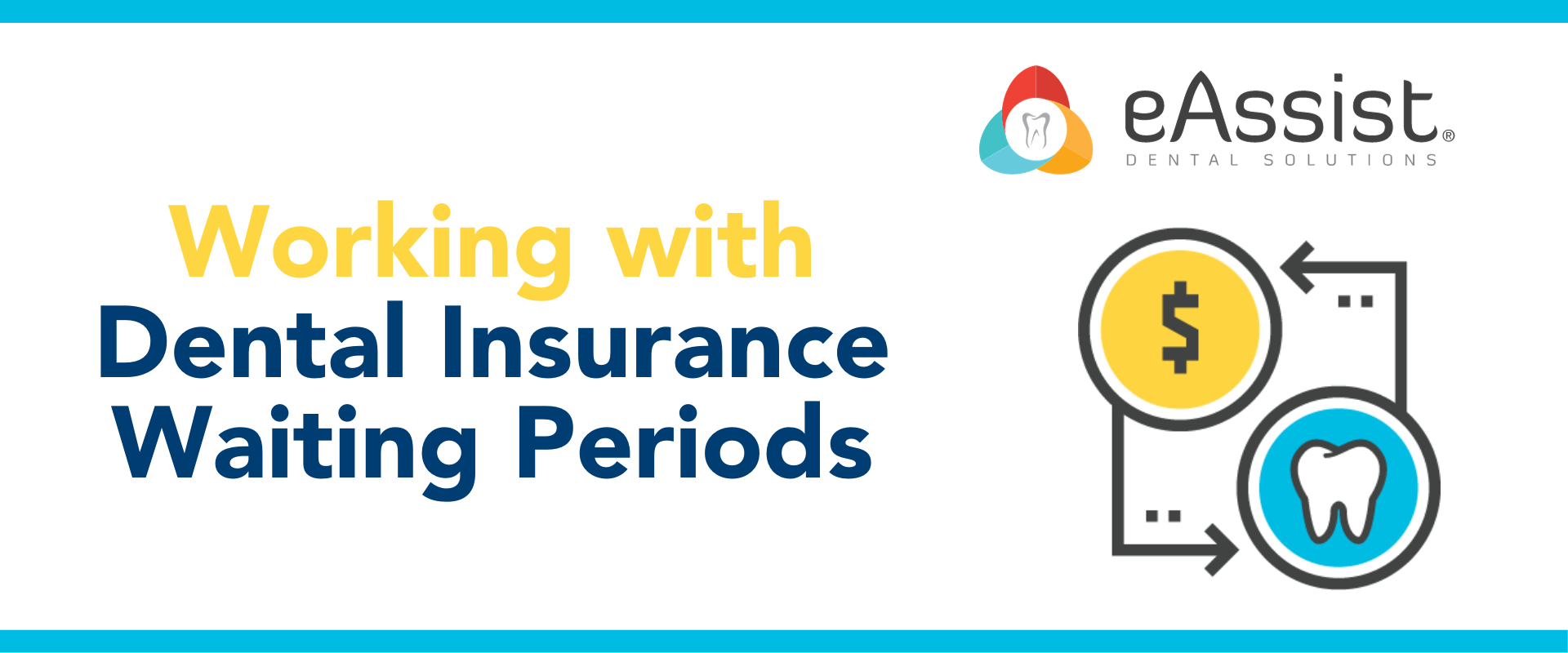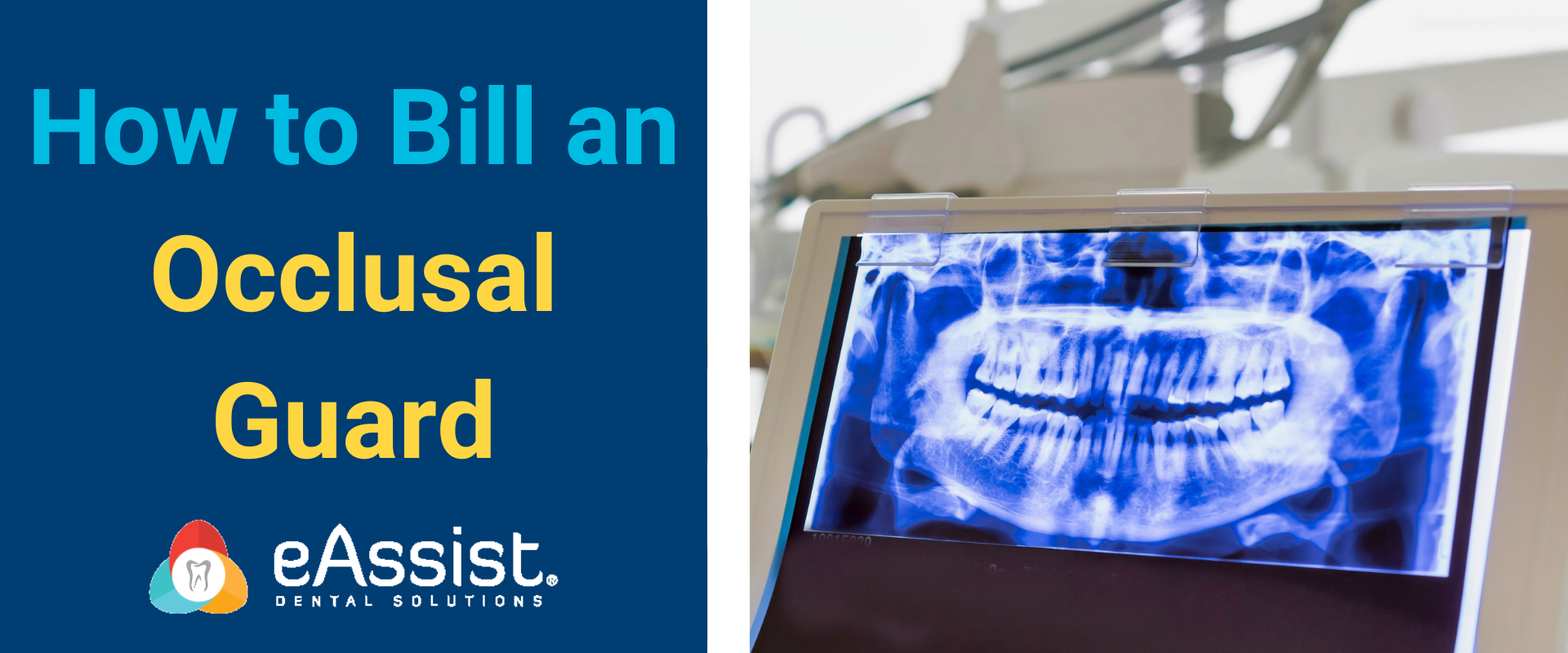It’s tempting to think that once a patient provides their insurance coverage, all we need to do is send a claim and receive payment. Unfortunately, that’s wishful thinking. Insurance plans are full of regulations and provisions that we need to wade through before determining if our claim will be paid. One of those provisions is the waiting period. Commonly found in dental plans, this provision can make the difference between getting paid and not. In the following, we will answer some common questions about working with dental insurance waiting periods.
What is a dental insurance waiting period?
When a dental plan begins, certain treatments may be subject to a waiting period. This means that they won’t be covered until a certain amount of time has elapsed since the plan went into effect.
Understanding dental insurance waiting periods
How long is the waiting period?
The waiting period can come in any increment of time. There’s no standardized amount and it varies from plan to plan. Common waiting periods are 30 days, 90 days, 6 months, or 1 year.
Do all dental plans have waiting periods?
Many dental plans have waiting periods but several do not. It all depends on the particular carrier and plan.
Does a waiting period apply to all dental treatment?
Preventative treatments like exams and x-rays are not usually subject to waiting periods. Basic procedures, such as fillings, and major procedures, such as dentures, are generally subject to waiting periods. Some plans only apply waiting periods to major procedures.
How do I know if my patient’s plan has a waiting period?
When verifying the patient’s insurance coverage, always check if the plan has a waiting period. If it does, make sure to confirm how long it is and what treatment it will apply to.
Is a waiting period the same as a frequency limitation?
No. A waiting period is a length of time that needs to pass after a plan starts before certain treatments are covered. A frequency limitation is a length of time that needs to pass between treatments. For example, if the patient has a crown that is subject to a waiting period it will not be covered until the waiting period has expired. If the crown is subject to a frequency limit, a replacement will not be covered for a specific length of time after the treatment date.

Billing claims subject to waiting periods
How do I bill treatment if it’s subject to a waiting period?
If the patient’s treatment is subject to a waiting period, it should not be completed until after the waiting period has elapsed. If it’s an emergency, make sure the patient is aware it will not be covered by their insurance and they will be responsible for the fee.
If my claim was denied for a waiting period, can I appeal?
Usually not. A waiting period is a hard and fast rule and it’s the office’s responsibility to be aware of it before billing a claim. On rare occasions, a carrier may waive the waiting period if there is proof the patient had continuous coverage through another carrier or employer (in other words, there were no breaks in coverage when they switched providers or jobs).
Once understood, a dental biller should be able to navigate waiting periods with ease. If you’re struggling with keeping up with them, or any other insurance regulations, consider partnering with eAssist for your dental billing. Our Success Consultants are knowledgeable about various insurance rules and regulations, including waiting periods, and will ensure your claims are billed correctly every time. To find out more, complete the form below.









0 Comments